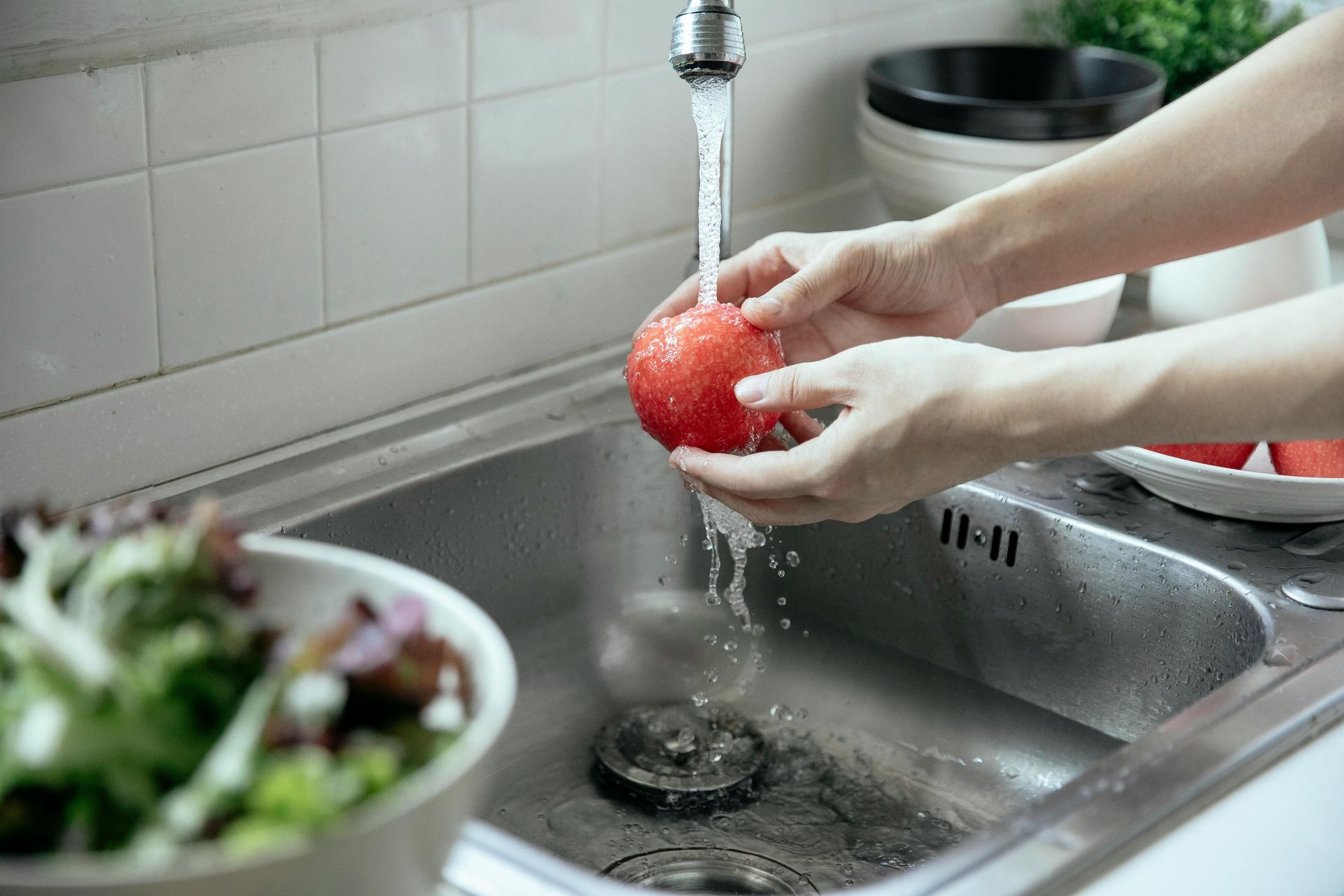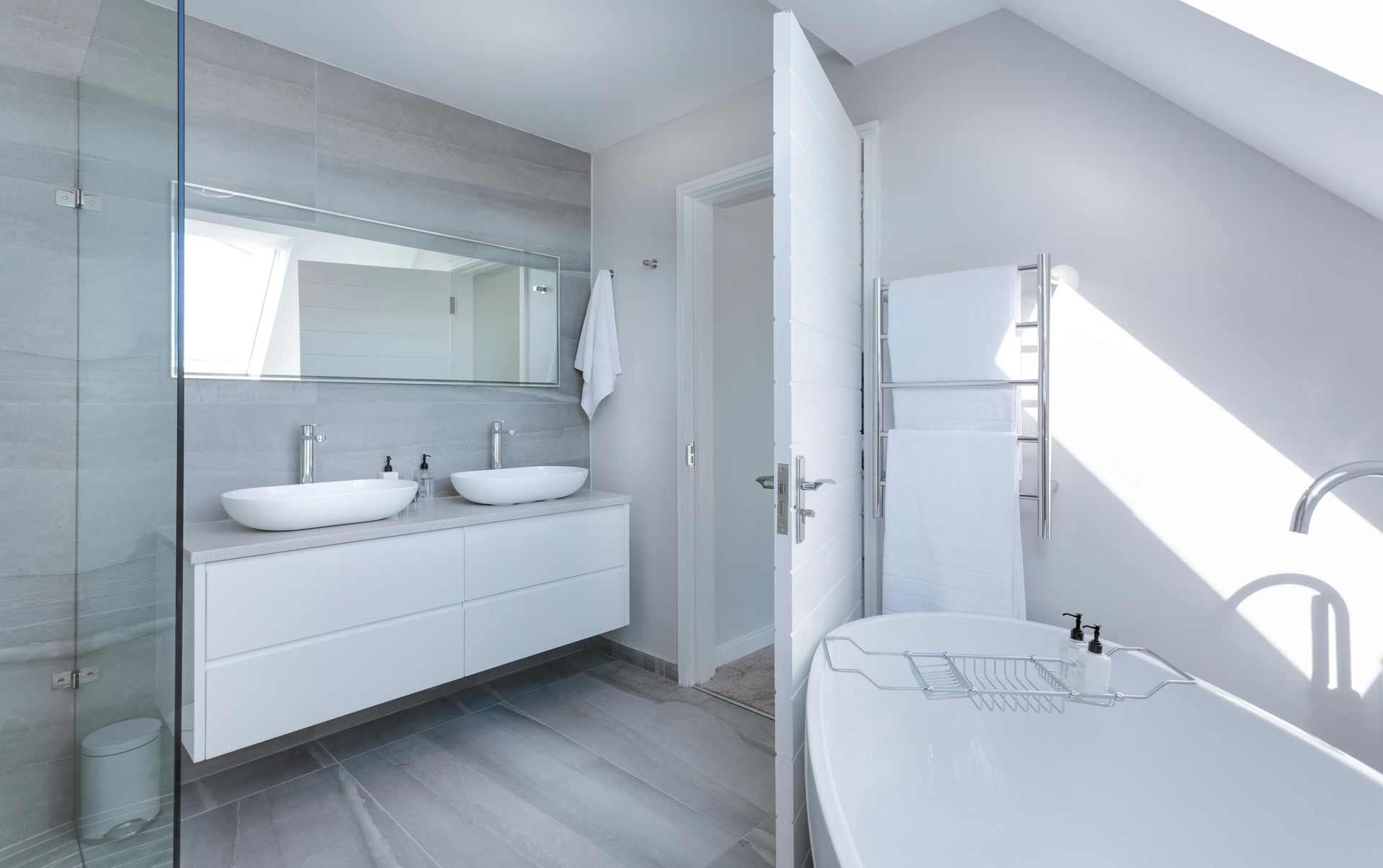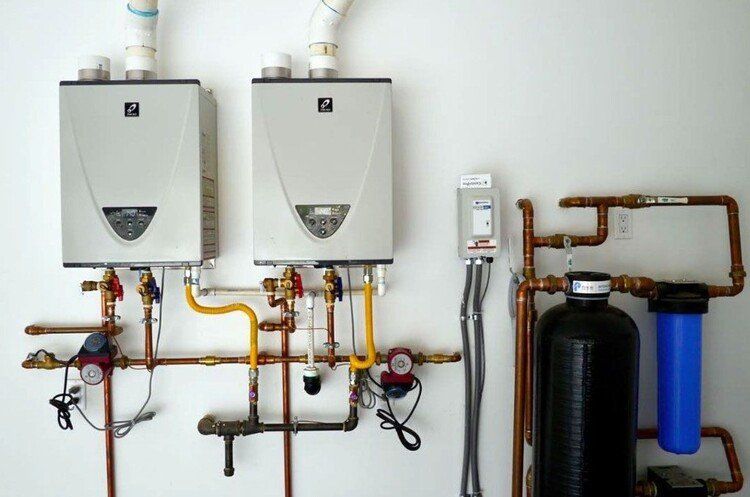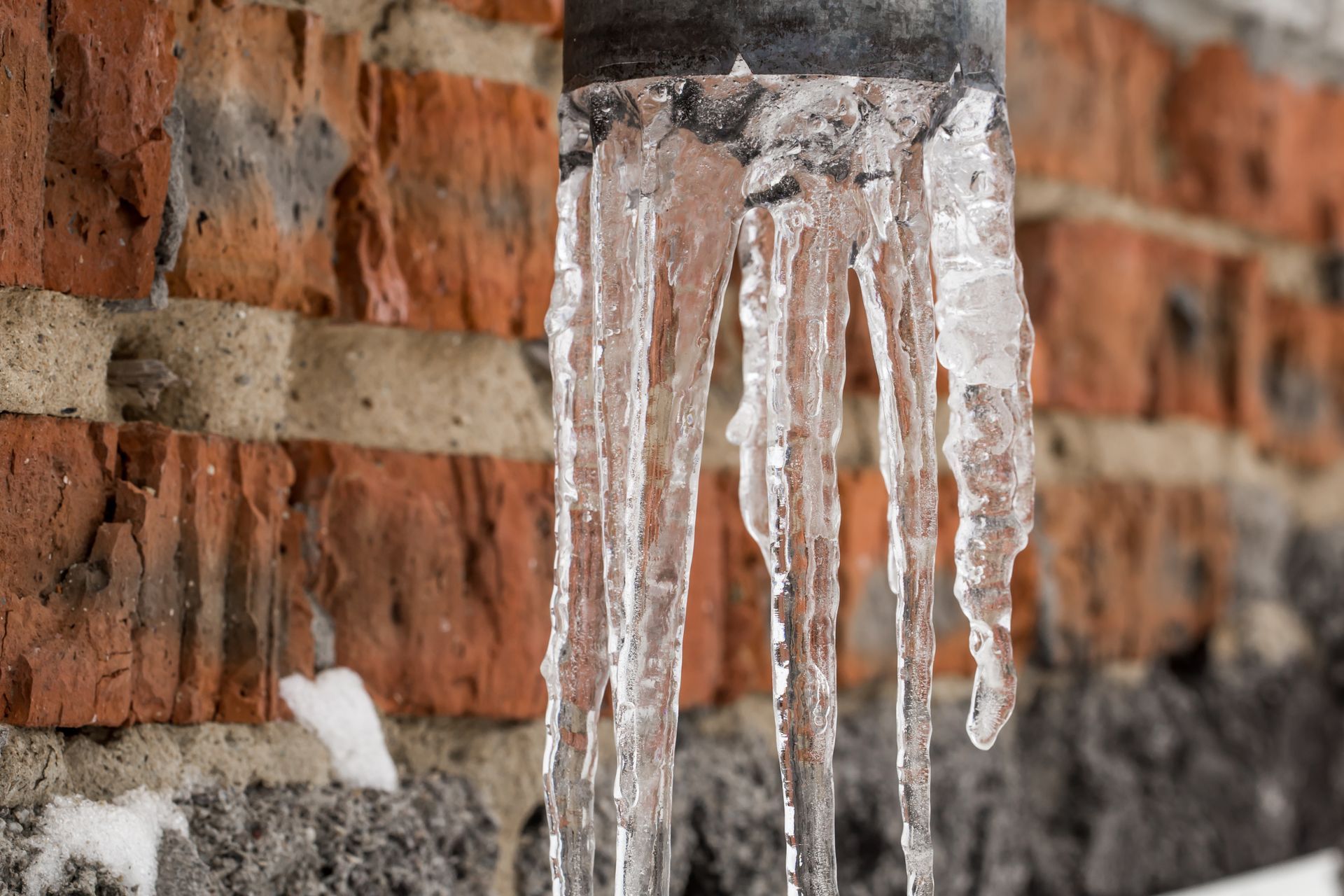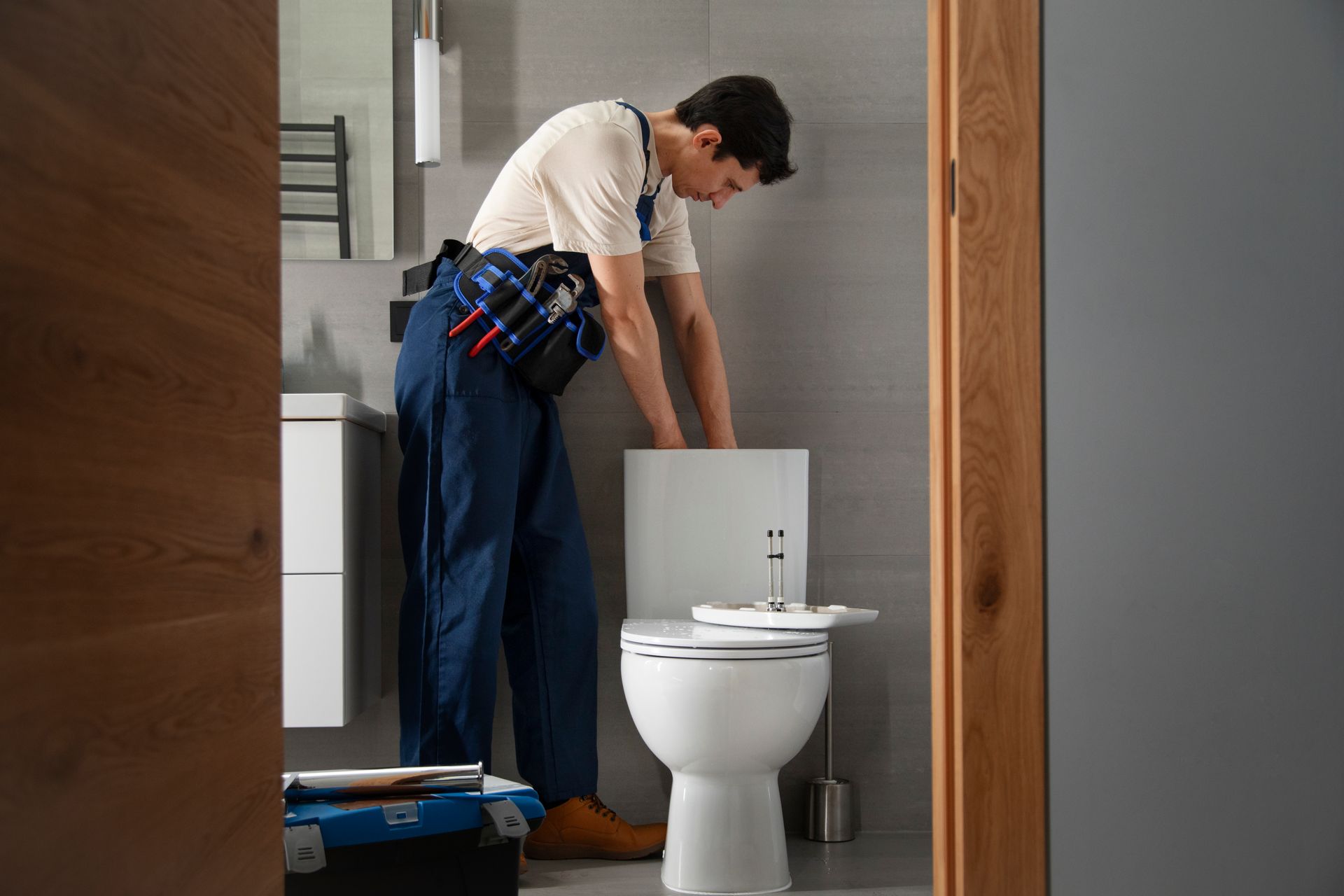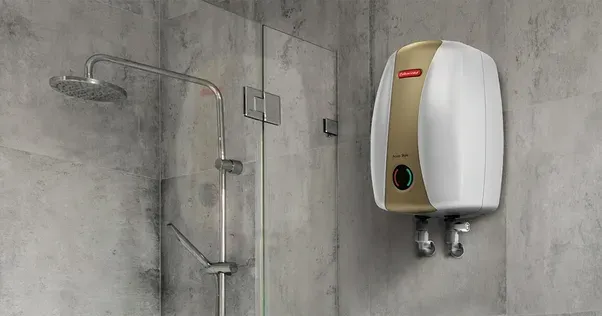The Pros and Cons of Hydro Jetting vs. Traditional Snaking
When faced with clogged drains or plumbing backups, homeowners and commercial property managers often find themselves choosing between two primary methods for Drain Clearing: hydro jetting and traditional snaking. Both techniques have their place in plumbing maintenance and repair, but they differ significantly in process, cost, effectiveness, and application. This article offers a comprehensive, professional comparison of hydro jetting versus traditional snaking, highlighting the advantages and disadvantages of each. We will also touch on related maintenance considerations such as how to properly fix water hammer noises in your pipes, ensuring your plumbing not only functions optimally but quietly and safely. Professional plumbers like those from All City Plumbers can advise on the best method based on your specific plumbing needs.
Understanding Traditional Snaking
How Snaking Works
Traditional snaking uses a long, flexible metal cable known as a plumber’s snake or drain auger. The snake is manually inserted into the clogged drain, then rotated and pushed forward to break up or retrieve the blockage. The auger's tip, often corkscrew-shaped, catches or pierces the obstruction, clearing the path for water to flow freely again.
Pros of Snaking
Snaking is a relatively straightforward, cost-effective method ideal for clearing localized or minor blockages near fixtures like sinks, showers, or tubs. It is less invasive to pipes, making it the preferred first step in homes with older or fragile plumbing that might be damaged by higher-pressure methods. The equipment needed is often more compact and accessible, offering quicker service for straightforward clogs.
Cons of Snaking
While effective at removing the immediate blockage, snaking does not clean the interior surface of the pipes. Grease, mineral deposits, and other buildup remain intact, increasing the risk of re-clogging. Snakes can also cause scratches on pipe interiors, potentially leading to damage over time. Moreover, snaking is less effective for deeply lodged, severe clogs or for cleaning large sewer lines.
Understanding Hydro Jetting
How Hydro Jetting Works
Hydro jetting uses high-pressure water streams, generated by specialized machines capable of producing pressures between 3,000 and 8,000 PSI. A nozzle attached to a hose is inserted into the plumbing line, blasting water to scour pipes clean. The force disrupts and flushes away grease, sludge, roots, and mineral build-up from pipe walls, restoring pipes nearly to like-new condition.
Pros of Hydro Jetting
Hydro jetting offers a thorough cleaning solution, removing not only blockages but also the residues leading to future problems. It eliminates bacteria, grease, tree roots, and accumulated debris with precision and speed. Its non-chemical and environmentally friendly nature appeals to eco-conscious consumers. Hydro jetting is particularly suited for commercial plumbing or severe residential blockages and is increasingly used preventatively to extend pipe life.
Cons of Hydro Jetting
The upfront cost of hydro jetting is generally higher than snaking, requiring specialized equipment and skilled operators. It may not be suitable for older or weak pipes, as the intense pressure can damage brittle infrastructure. Access to plumbing must accommodate hydro jetting equipment, which might be challenging in some residential locations.
When to Choose Snaking or Hydro Jetting
The severity and location of the clog significantly influence which method is appropriate. For minor clogs near accessible fixtures, snaking is often sufficient, more economical, and less likely to damage pipes. For complex, stubborn blockages deep within sewer lines or grease traps, hydro jetting provides a comprehensive and long-lasting solution.
Professional plumbers, like the team at All City Plumbers, perform thorough assessments to determine the ideal approach, sometimes combining both methods. They may start with snaking to break up a clog, followed by hydro jetting to thoroughly clean the pipes.
Related Plumbing Considerations: Water Hammer Noises
In addition to drain clearance, maintaining quiet and efficient plumbing system operation is vital. Water hammer noises—loud banging or knocking sounds caused by abrupt water flow stoppage—may accompany drainage issues or be confused with pipe damage. It is important to properly fix water hammer noises in your pipes to prevent pipe fatigue or failure and to improve overall system performance. Plumbers can install water hammer arrestors or secure loose pipes during routine service visits.
Conclusion
Both hydro jetting and traditional snaking have distinct pros and cons. Snaking remains a practical, cost-effective method for minor or localized clogs, offering quick relief with minimal pipe stress. Hydro jetting stands out as a superior comprehensive cleaning technique, ideal for severe blockages and maintenance that preserves and prolongs pipe life. Choosing the right method depends on pipe conditions, clog severity, and budget considerations. Trusted professionals, such as All City Plumbers specializing in expert Drain Clearing services, can guide you to the best choice while ensuring related issues, including water hammer noise, are addressed comprehensively. This holistic approach guarantees your plumbing stays clean, functional, and quiet for years to come.

